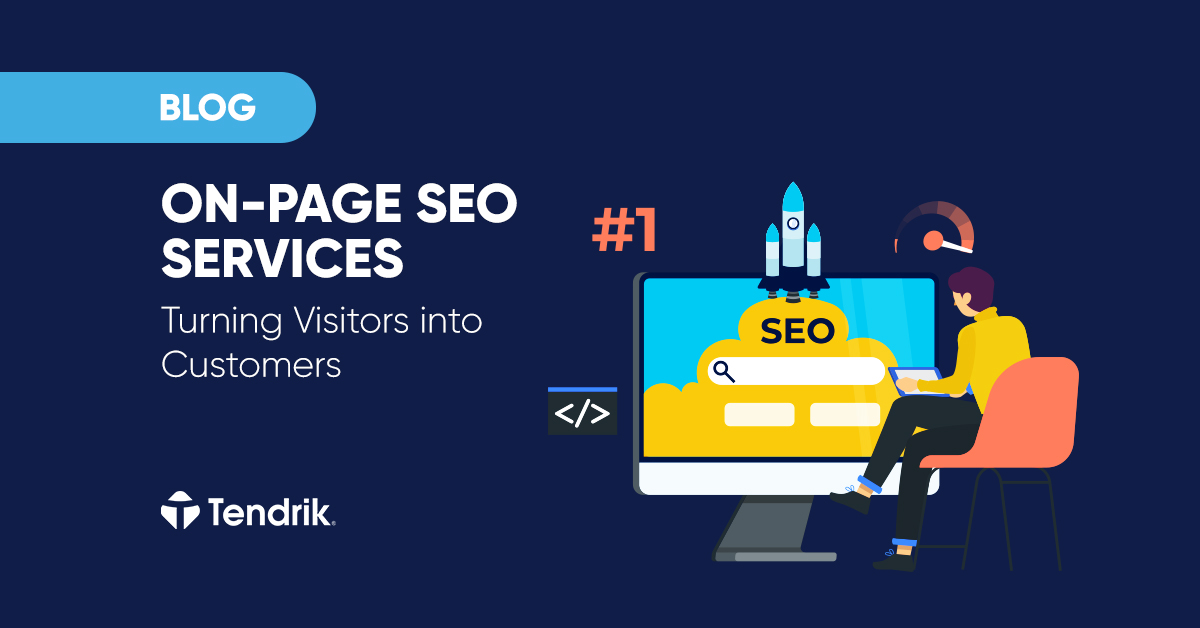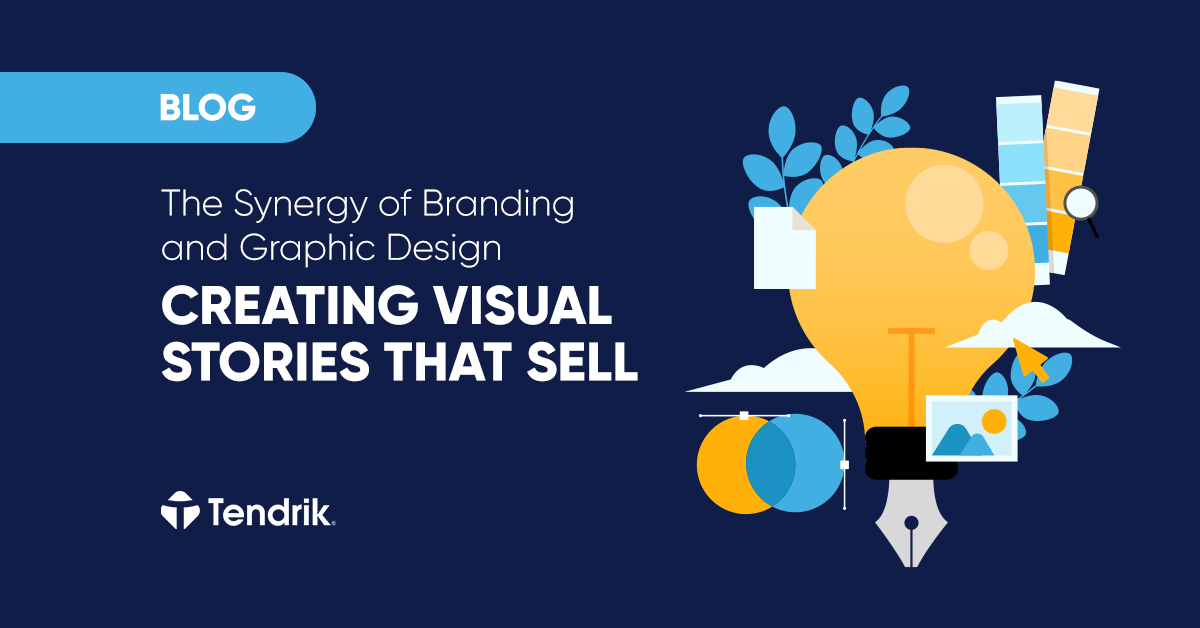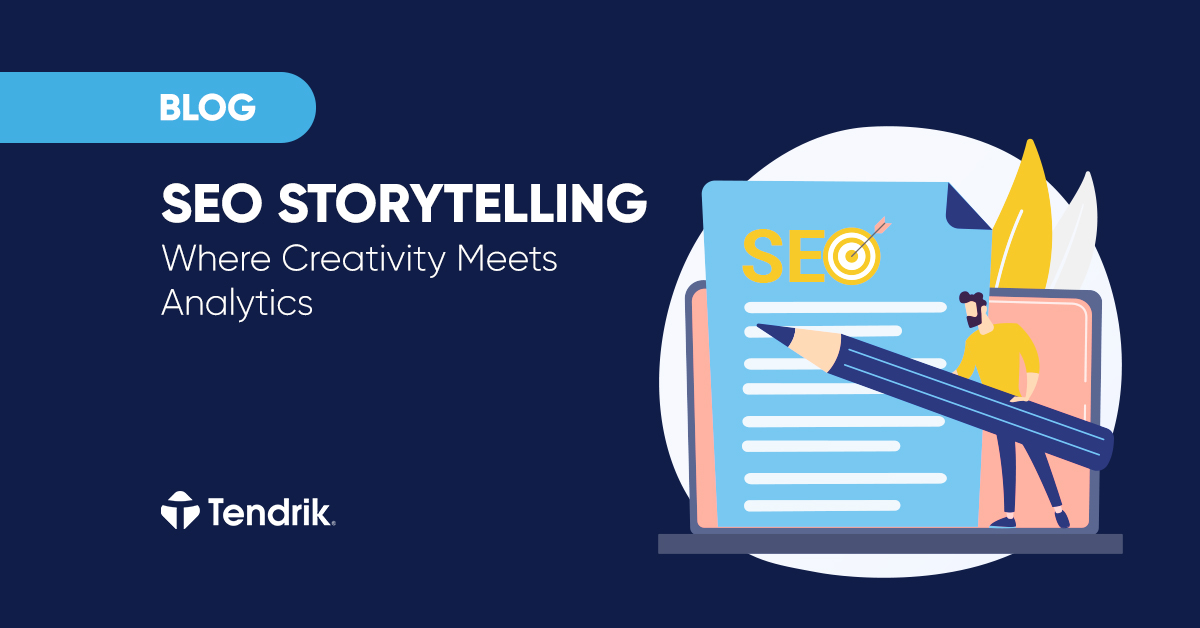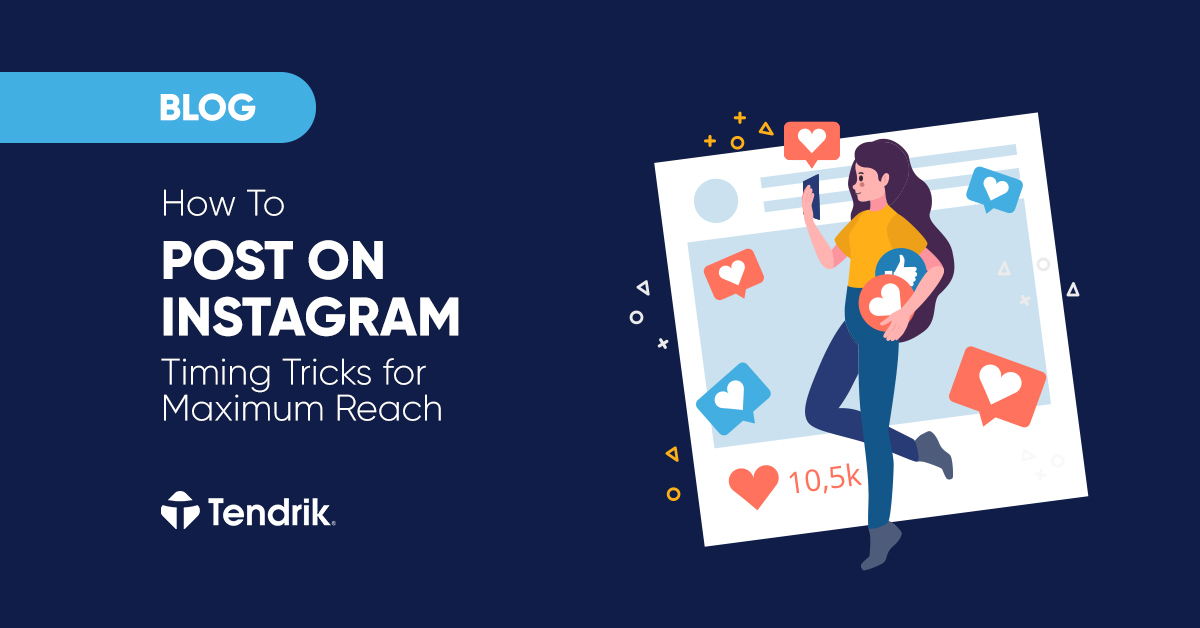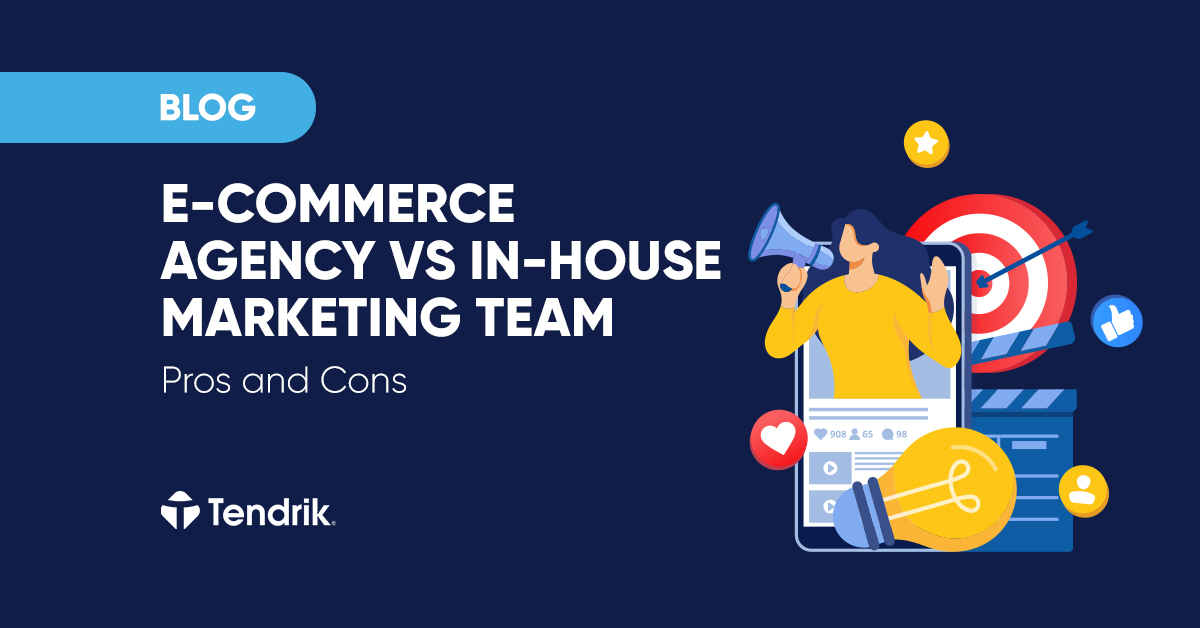Let’s get one thing straight right from the beginning. Creating a successful website is not easy. It will either suck up a lot of your time or a lot of your money and energy (depending on your own knowledge and willingness to actively participate in the different stages of building it). In both cases, it will take consistency, investments (time and/or money), and clear goals to make it work.
If you are ready for this, read on for the 10 steps you’ll have to follow in order to end up with a successful website:
1. Do your homework
Just like every offline business, creating an online store needs well-structured and comprehensive data about the market. We believe that since you’re starting an online store, you’re familiar with the e-commerce fundamentals. Even if you’re not, however, your first step should be to carefully research and analyze your competitors.
Online competition is becoming increasingly hard, so if you want to create a successful website, you’ll need to know who you’re fighting with for your customers. Get to know your competitors’ most used strategies, tactics and most importantly – how could you outmatch them.
2. Plan your business model
Starting from the basics, first ask yourself: What is a website? Well, basically, it is a sales tool. Nothing more, nothing less. Whether you are selling goods, services or ideas, a successful website is what will define your online sales.
A lot of people think that creating a website should start with the overall concept of its stricture, as well as a compelling design. Others would consider coming up with a brandable domain name, at the beginning. Is that the right approach? Not really, no. Creating a successful website starts with planning a profitable business model.
The planning part is probably the most often underestimated one (leading to the big percentage of failed websites out there). If you don’t want to be part of the lamentable statistics, be smart and start by creating a business plan and a business model to follow. From then on, all aspects of your website should be created with this business model in mind.
Remember, a successful website is built for the user, but has a clearly defined business goal in mind.
3. Choose the right domain name and hosting
Coming up with a name for your website (also known as a domain name) is a bitter-sweet experience. Similar to naming your child, naming your website is a tricky business. You want it to sound nice, read nice, look nice, not be similar to anything you’ve heard before (and don’t like)… The list goes on and on. Also, consider the possibility of your chosen domain name having already been purchased. Choosing the right name could take up weeks.
Here’s how to get out of it quickly (and less painfully):
- brainstorm ideas with your team, friends or even family members offline
- keep it short and sweet (at least as short and sweet as the available options let you)
- make sure it’s both easy to say and easy to type
- go with a .com or .net extension
- if you’re going to use your website on a local market, maybe you should choose a relative contry-code top-level domain (.bg, .co.uk, .de, etc.)
- use a keyword (if possible and applicable)
- let it sink for a few days before you hit “Buy this domain”
Hosting is the other aspect of your website that you’ll have to take care of before the actual site building. There are hundreds of options for reputable hosting services online, so a simple Google search will do the trick there. What we recommend is to go with one of the top 3 hosting providers in your country (or worldwide) and never choose one that doesn’t have a 24/7 live support. Believe me, when your site goes down, you won’t care for the extra dollar or two you’ve paid to get the guys working on your issue at 2:45 in the morning.
Remember, a successful website has a well-thought of domain name and is hosted at a reputable hosting provider.
4. Build your site/create the design
So, now, you’ve come up to the actual building of your website. Whoopee! This is the phase in which:
-
- you spend sleepless nights thinking about what you want your website to look like;
- you carefully sketch drafts of the website of your dreams;
- you check the competition’s websites and take notes;
- you aimlessly browse through your Facebook feed, or stare at your monitor with a blank look
- at the end of the day, you burn everything to the ground and let the professionals do the work.
Well, not necessarily in the same order.
The thing is when it comes to site building and web design, you should always choose PRO over DIY. Of course, your notes and ideas are more than welcome and will be taken into consideration, but a professional team of web designers has the knowledge, the experience, the expertise, and the tools to build a professionally looking website that makes sure both the functionality and the content of your website correspond with the brand you are developing (or have already developed).
Remember, a successful website is built with consistency and branding in mind by professional web designers and developers.
5. Come up with compelling content (text, images, video)
How to get noticed among the millions of websites competing for the user’s attention? Use the content in your website wisely. Create compelling and consistent text and visual media (images and video) and make your message worth reading. If there is just one advice I would give you, it would be, “Write for your audience”.
When we talk about content, a lot of people think (wrongly) only in terms of what there is to be said when they should also pay attention to how it is said. Style is as important as the topics covered. Style is what makes your content consistent and appealing to your target audience. Make sure you follow the same style so that your clients are happy and create content that the users will consider worth reading.
Remember, a successful website consists of compelling and consistent content that is written with your target audience in mind.
6. Create a WOW user experience
User experience is one of the things that matter the most when it comes to your website’s success. It is a term that combines many aspects of the successful website, namely information architecture, visual and interaction design, functionality, usability, typography, website interface, etc.
Why do you need a WOW user experience? Won’t you be well off with an OK one? Well, one thing is for sure – nobody got rich selling a product that got “Meh” reviews… If you are not willing to give your users a WOW experience, you should reconsider creating a website in the first place.
Fortunately, there are a few tricks that are really easy to use to create a better user experience for your target clients:
- Find the perfect balance between content and white space
- Use compelling CTAs (calls to action)
- Make your website responsive and mobile-friendly
- Make sure your pages load fast
- Attract the reader’s attention by bullets, numbers, and headings
- Limit the use of generic stock images
- Chase away those 404s
- Stick to the well-established standards
Remember, a successful website creates a WOW user experience by keeping it up-to-date with the constantly changing marketing landscape.
7. SEO
SEO is the nightmare of (almost) any entrepreneur and business owner. The good news is that contrary to popular belief, you don’t need to have special magical powers in order to master the art of SEO. In fact, search engines so fast at changing the rules lately that it is hardly ever possible to keep in step with the latest trends. That’s why our advice (as far as SEO is concerned) is to stick to the basics and the good practices.
Quality content, as we have already mentioned, is one of the biggest milestones of SEO. Be specific and consistent in your copywriting and use keywords wisely. Speaking of keywords, don’t ever assume that you know best what your top keywords are. Do a research instead – there are a lot of keyword tools available (most of them free), so you have no excuses for not doing it.
Optimizing your site for search engines is not a set-and-forget one-time adjustment. It is an ongoing (and never-ending) process with the ultimate goal to make it as easy as possible for different search engines to find your site. If you lack the knowledge, the experience or the willingness to embark on the SEO journey because you are not well-equipped for it, let the professionals do the work for you. Just have in mind that nobody (let’s repeat that until it sinks well into your mind), nobody can get your site in the top positions using a magic stick.
Remember, a successful website masters the ongoing process of SEO using the best practices and counting on professional help.
8. Test and go live
So, your website is all set. You have filled it with useful information, you have added your products (services), the design looks great, and it’s time to show it to the world! Wait, not so fast… You’ve got some testing to do!
Testing your website is like the final proofreading of your email before you hit “Send”. You don’t want the recipient to move your email right to the “Trash” folder because you have missed a letter in your subject line, do you? It looks unprofessional and that’s the last kind of impression you want to make on your target audience.
Making sure you have tested every page of your website is an essential step towards the success of your website. Here are some guidelines on how to do it:
- Test your site one page at a time
- Look for spelling and grammatical mistakes
- Check if all links lead to where they are supposed to
- Ask your team, friends, and family to check it and give you feedback on their overall experience
- Test it on different browsers and platforms
- Go live!
Remember, a successful website conducts numerous tests before it is launched.
9. Develop your online marketing strategy
Having a website means (almost) nothing if you don’t tie it to an appropriate online marketing strategy. Online marketing is not only cost-effective, but it is also one of the top ways to get your message across your target audience.
The key to a successful online marketing strategy is to engage your audience. Think of it as dating a hot girl – you have to put a lot of efforts to create the perfect atmosphere and yet make it look totally effortless and casual. I know, it’s high school all over again… Only, this time, you are better prepared:
- Make use of email marketing
- Master the art of video marketing
- Leverage social media
- Try different PPC (pay-per-click) advertising channels
- Remind your customers of your business using remarketing
Remember, a successful website is skillfully built around a consistent online marketing strategy.
One of the best and most effective tools in your online strategy is your blog! We have already discussed The Blog: A hidden door to your online shop’s success but here are some points worth mentioning again:
- Please your clients (both potential and current) with valuable information
- Don’t underestimate the power of images and infographics
- Don’t narrow your topics to only your products and services
- Update your blog regularly to increase traffic
- Use your blog as another opportunity to showcase your products
- Be consistent and use spell check
Remember, a successful website has a professionally looking business blog full of relevant and engaging information.
10. Prioritize traffic generation
The final step of creating a successful website is to generate traffic generation. In the current highly competitive online market it is not enough to just publish high-quality content and wait for people to flock in your website. Attracting visitors requires you to invest a lot of time, efforts and a variety of techniques. You need to realize that a smile visit to your website won’t do much on its own. It has to become a regular one, and then the regular visits should turn into a finished purchase.
A client’s good user experience with your website, will give them an incentive to refer your e-store to their friends, who will go through the same process – a single visit – regular visits – sale/purchase.
Remember, a successful website doesn’t count on the “if you build it, they will come” approach. Instead, it has an organized system of techniques that help traffic generation.
There are, of course, a lot of aspects that define the success of a website. Follow these easy steps when building your website (and your brand’s online presence) and you’ll be guaranteed success at the end of the road.
Bon Voyage!


